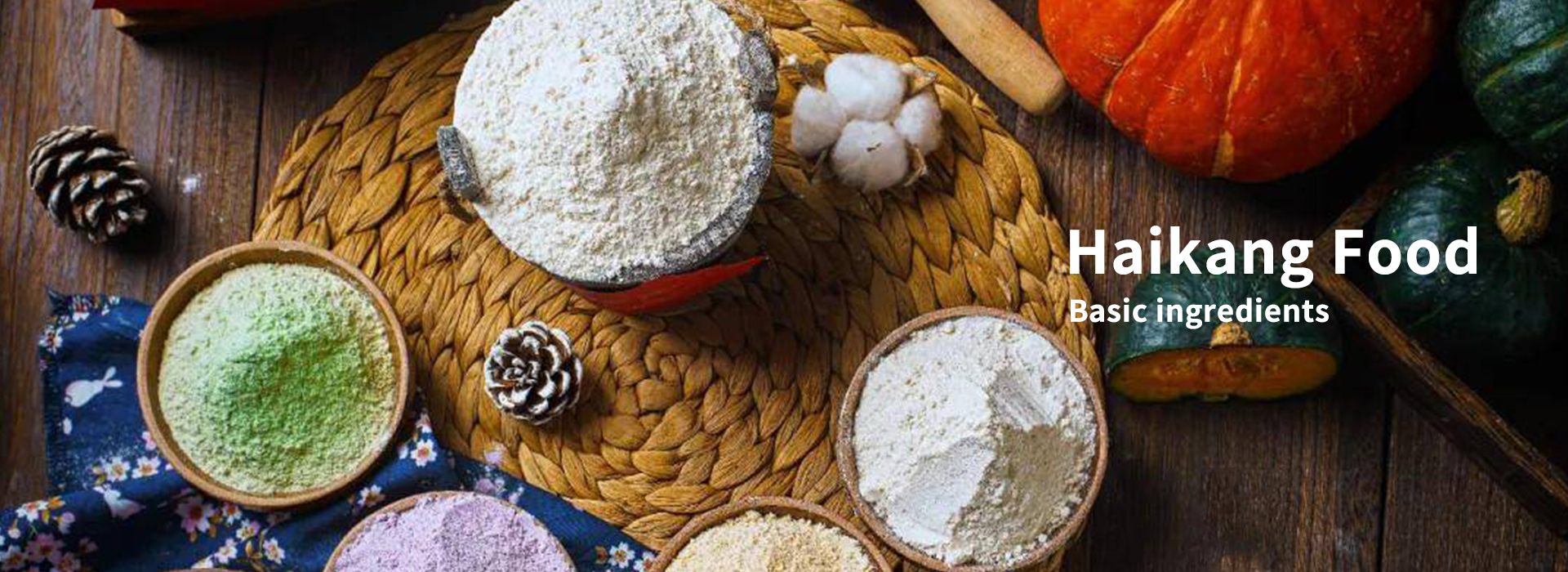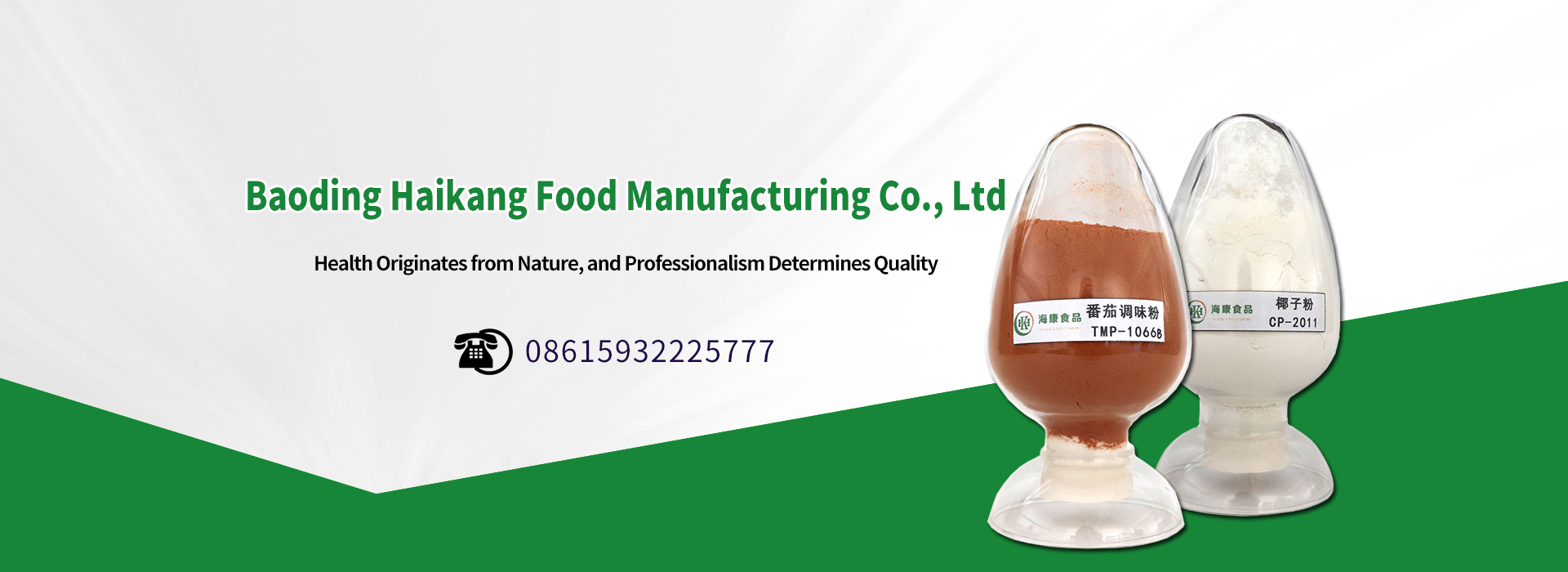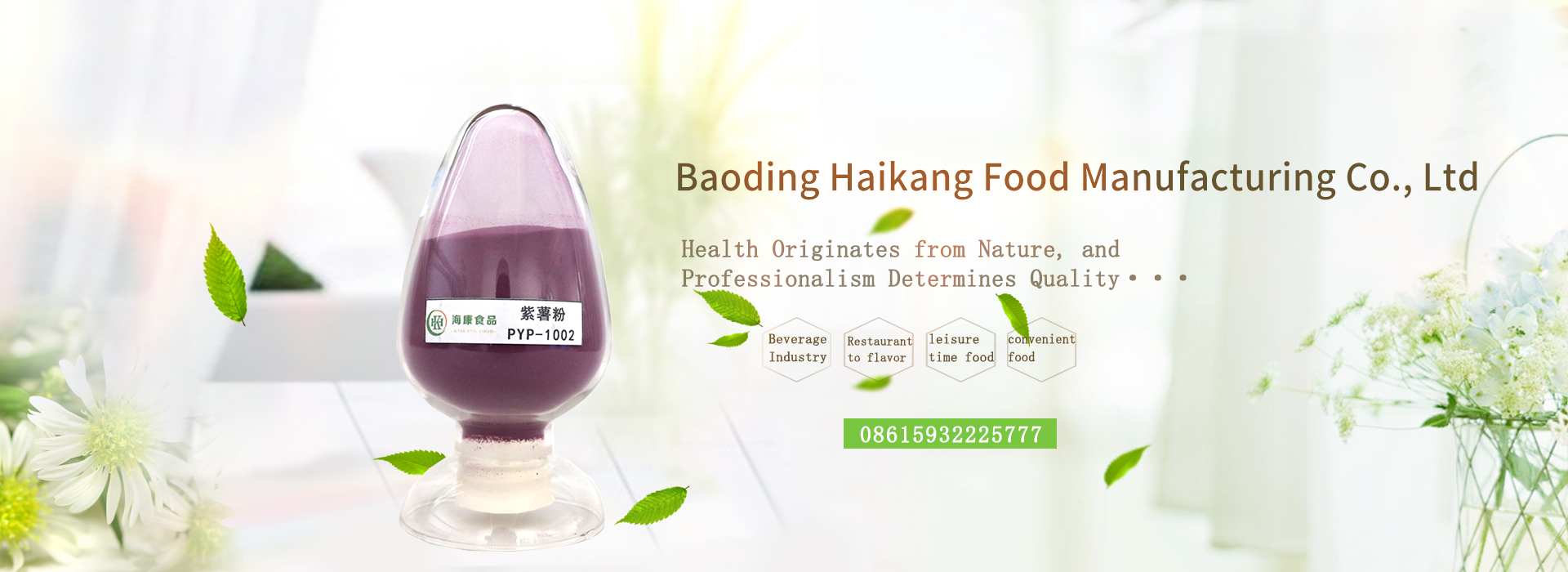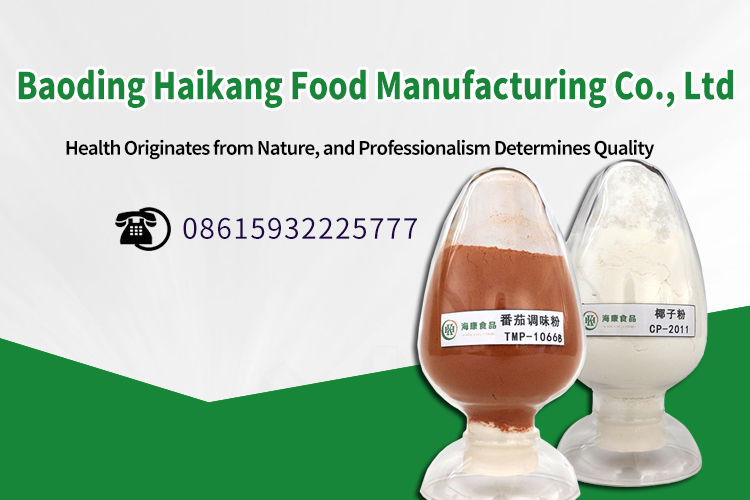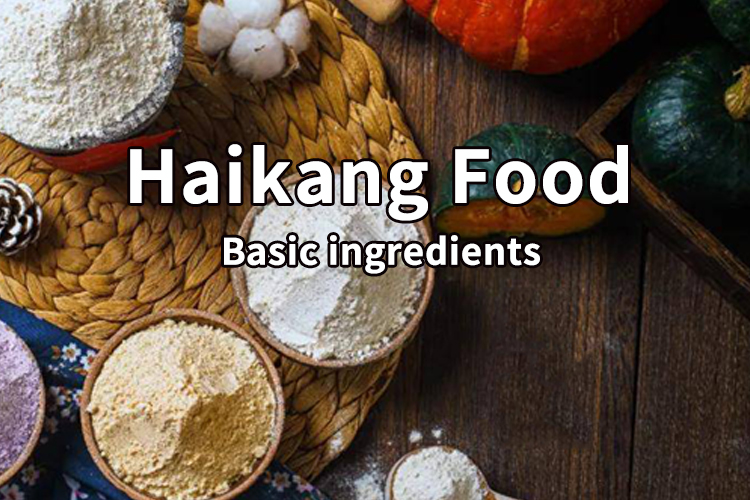What are the common solid seasonings
2023-04-04
The use of seasonings is very extensive in daily life. When cooking dishes, if certain seasonings are not added, the taste of the dishes will be very poor. There are many types of seasonings, including liquid and solid. Next, I will introduce the main uses of solid seasonings, hoping to provide some reference for everyone.
Salt (low sodium salt): an important seasoning in cooking. It has strong permeability and is suitable for soaking ingredients, but attention should be paid to the soaking time and amount. We always add some salt when making all dishes, but we must be careful not to pour too much salt.
Solid seasoning
Sugar: Adding a small amount of sugar to red buns and braised dishes can enhance their taste and color, but it is important to be careful not to pour too much sugar.
MSG: can enhance the freshness of ingredients. Especially when adding soup for co cooking, it can make the flavor stronger, but the selection of monosodium glutamate must be of high quality.
Powder making: Adding it to the dough can increase the swelling sensation of the finished product.
Flour: can be divided into three categories: high, medium, and low gluten. When making flour paste, use medium gluten flour as the zone. Used for coloring during powder frying.
Sweet potato flour: commonly used as a dipping powder for fried foods. It can also be used as a starch sauce.
Raw flour: It is one type of starch paste. When used, dissolve it in water first and then drip it to make the juice sticky. In addition, when used as a powder for frying, it can increase the crispness. When used as a hanging paste, it can make the ingredients more fresh and tender, and taste better.
Baking soda powder: Marinating meat with an appropriate amount of baking soda can make the meat more tender and tender.
Douchi: Soak dried Douchi in water until soft before use, then chop and use. Wet fermented black beans can be used as long as they are washed, or they can be made into bean drum sauce for consumption.
Salt (low sodium salt): an important seasoning in cooking. It has strong permeability and is suitable for soaking ingredients, but attention should be paid to the soaking time and amount. We always add some salt when making all dishes, but we must be careful not to pour too much salt.
Solid seasoning
Sugar: Adding a small amount of sugar to red buns and braised dishes can enhance their taste and color, but it is important to be careful not to pour too much sugar.
MSG: can enhance the freshness of ingredients. Especially when adding soup for co cooking, it can make the flavor stronger, but the selection of monosodium glutamate must be of high quality.
Powder making: Adding it to the dough can increase the swelling sensation of the finished product.
Flour: can be divided into three categories: high, medium, and low gluten. When making flour paste, use medium gluten flour as the zone. Used for coloring during powder frying.
Sweet potato flour: commonly used as a dipping powder for fried foods. It can also be used as a starch sauce.
Raw flour: It is one type of starch paste. When used, dissolve it in water first and then drip it to make the juice sticky. In addition, when used as a powder for frying, it can increase the crispness. When used as a hanging paste, it can make the ingredients more fresh and tender, and taste better.
Baking soda powder: Marinating meat with an appropriate amount of baking soda can make the meat more tender and tender.
Douchi: Soak dried Douchi in water until soft before use, then chop and use. Wet fermented black beans can be used as long as they are washed, or they can be made into bean drum sauce for consumption.
- Previous:Using seasonings to create healthy and delicious cuisine
- Next:Already the last article
Contact Us
Scan and follow us




